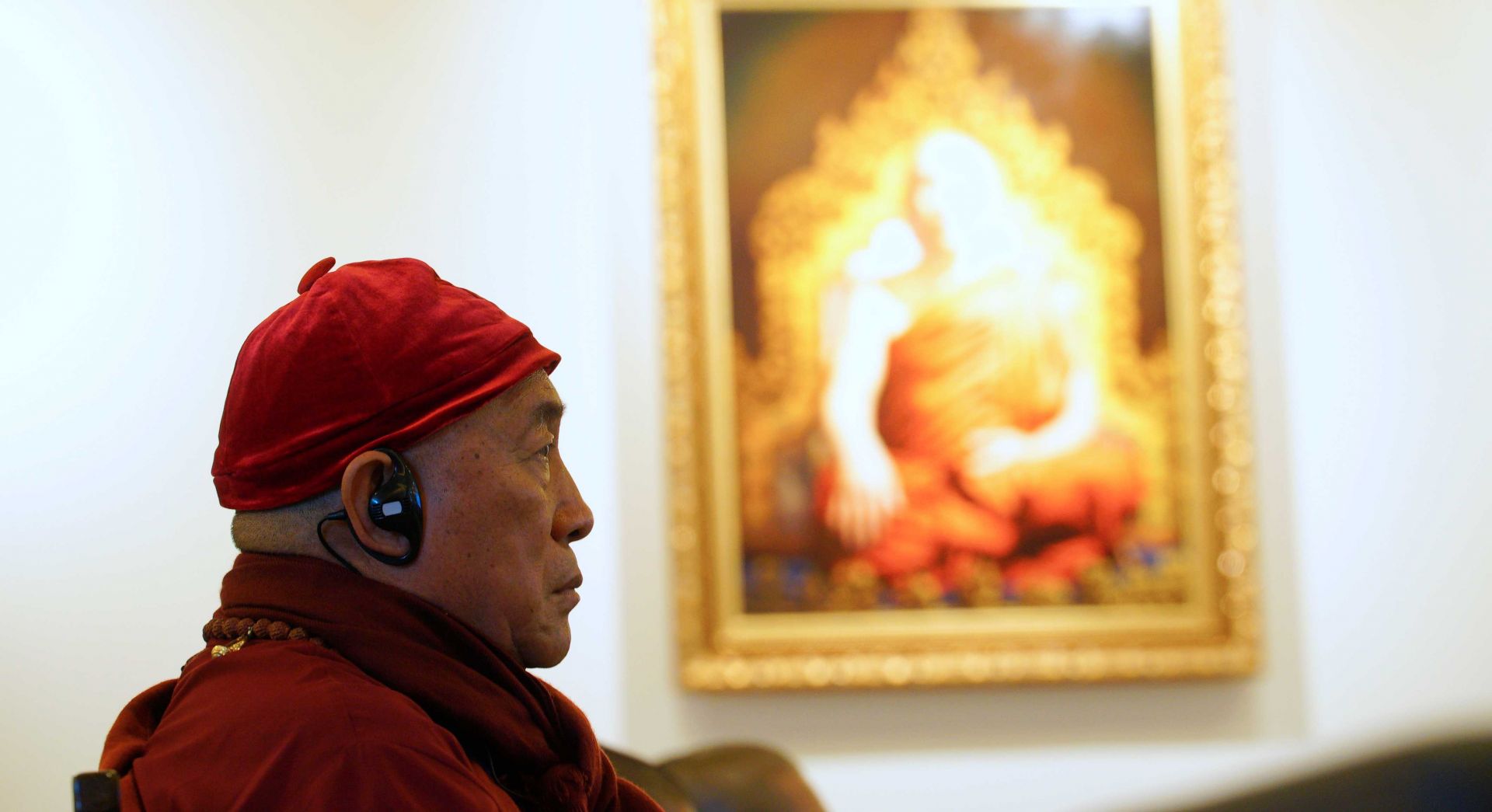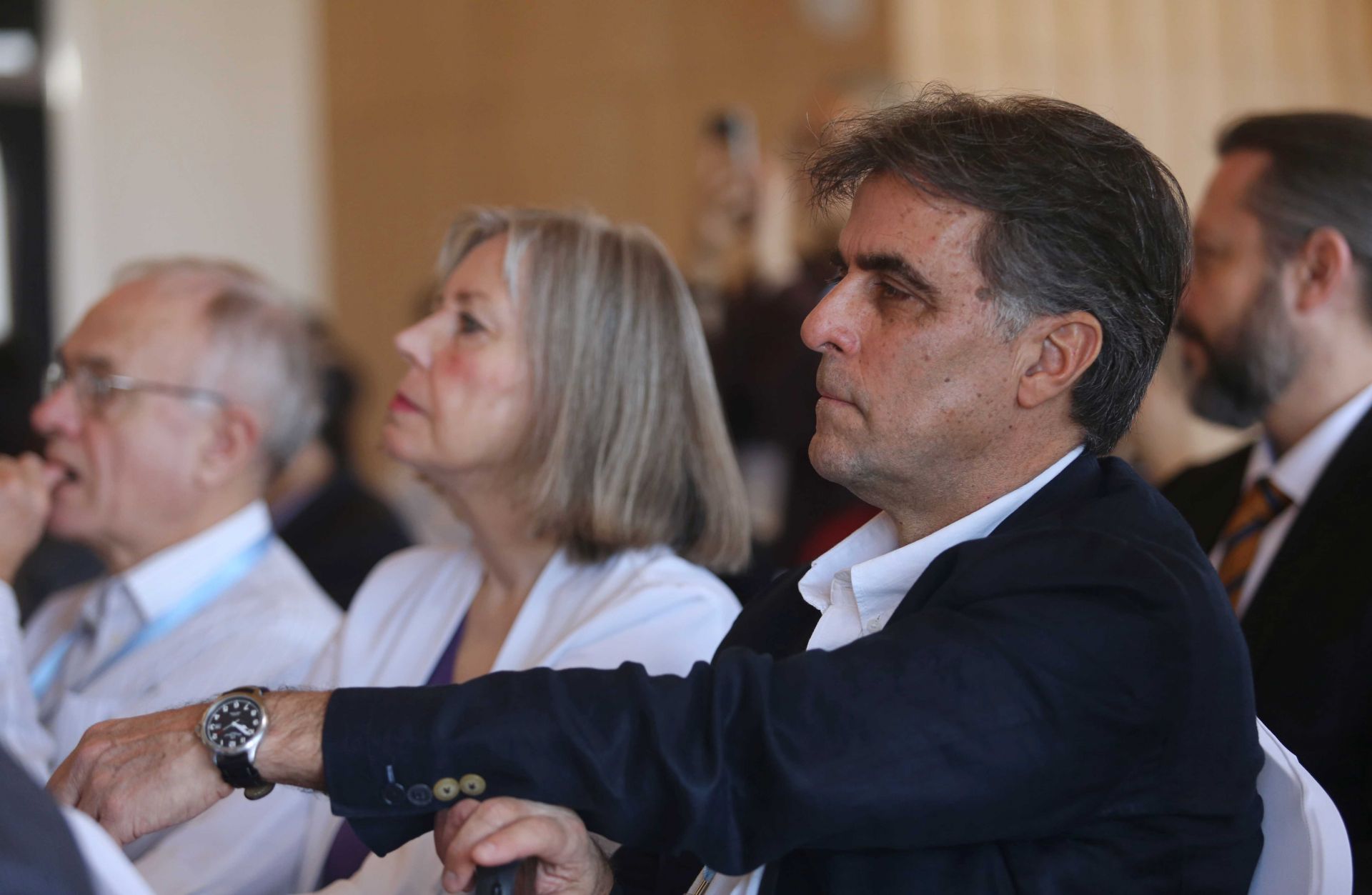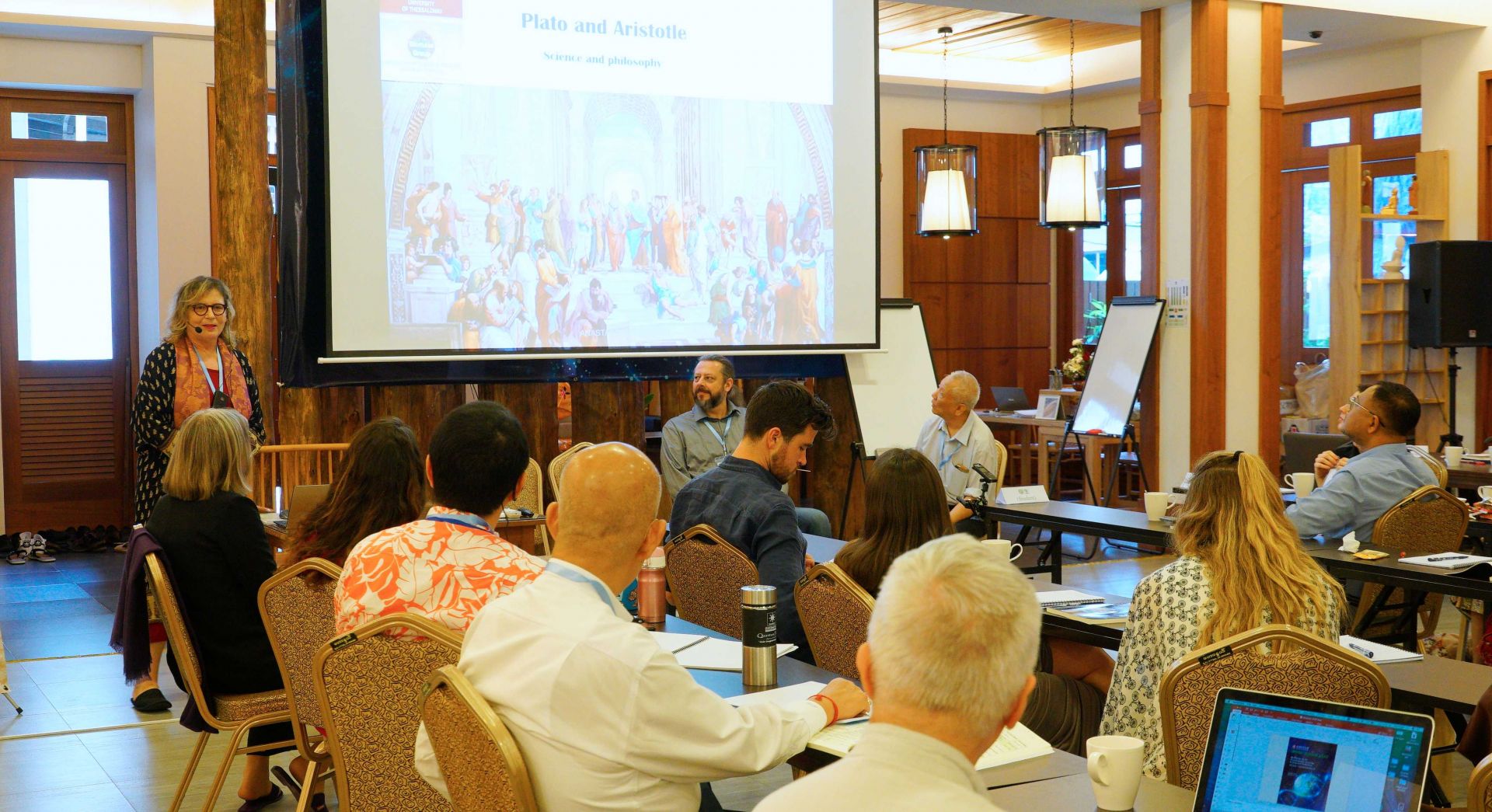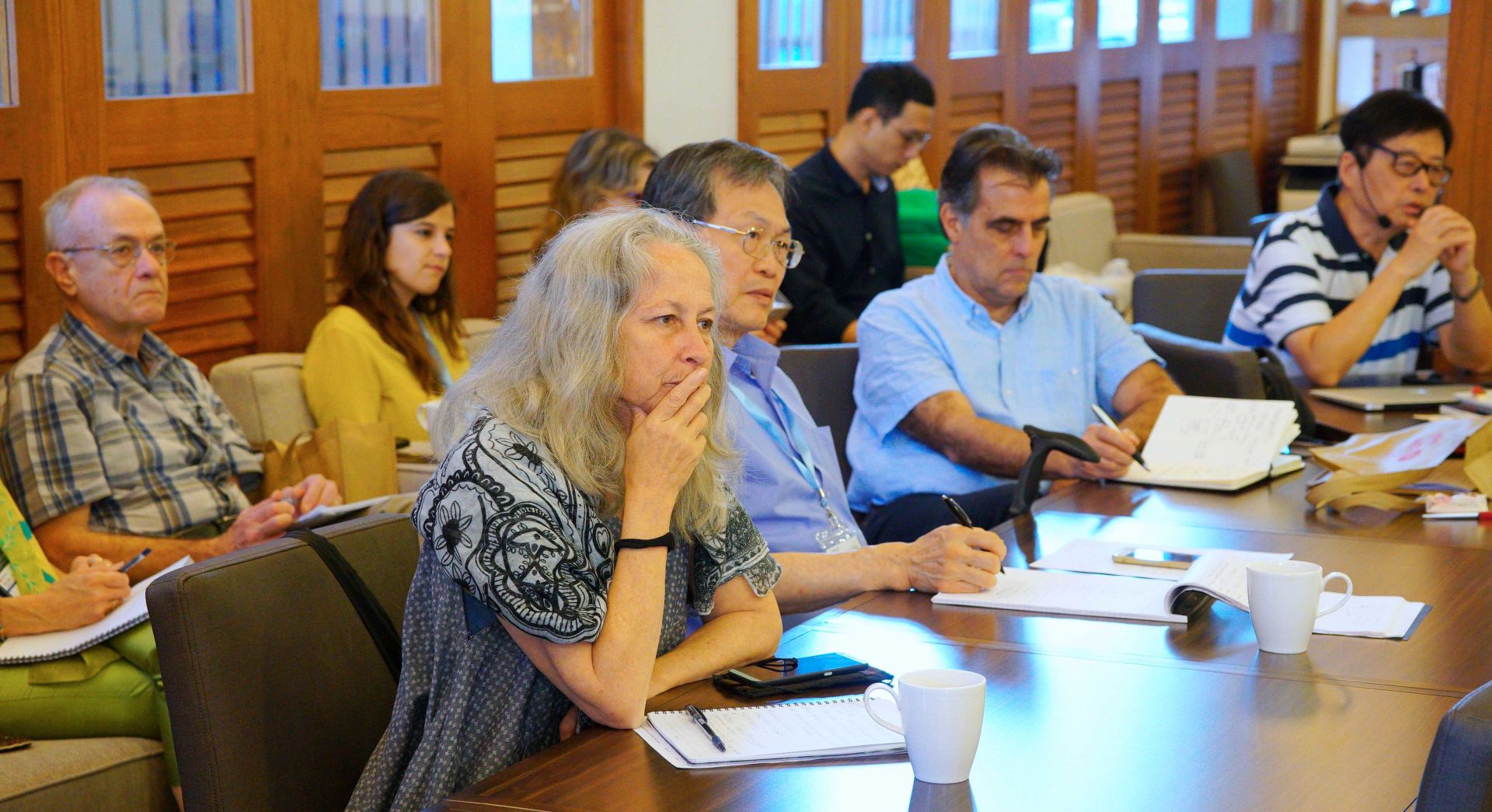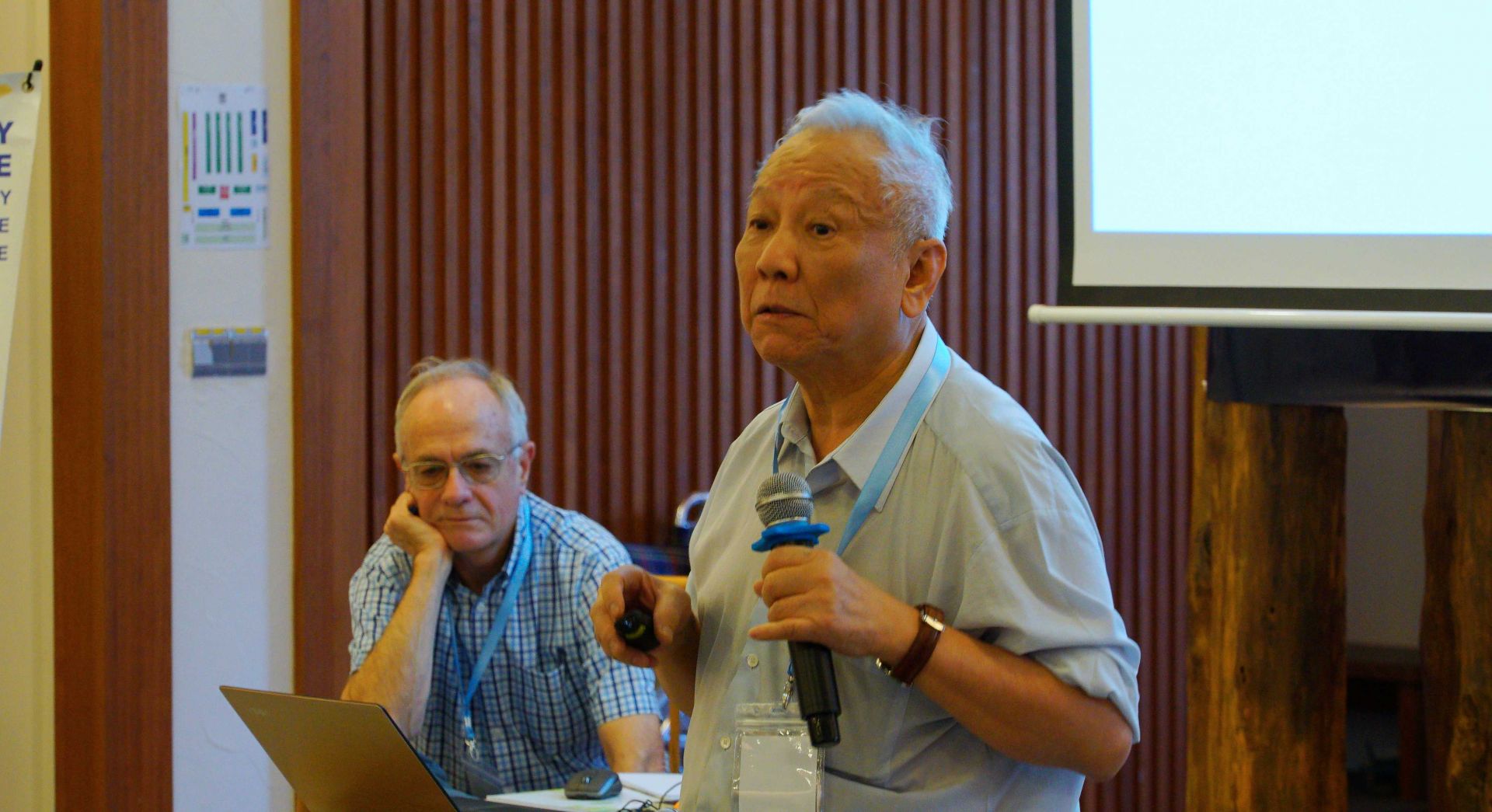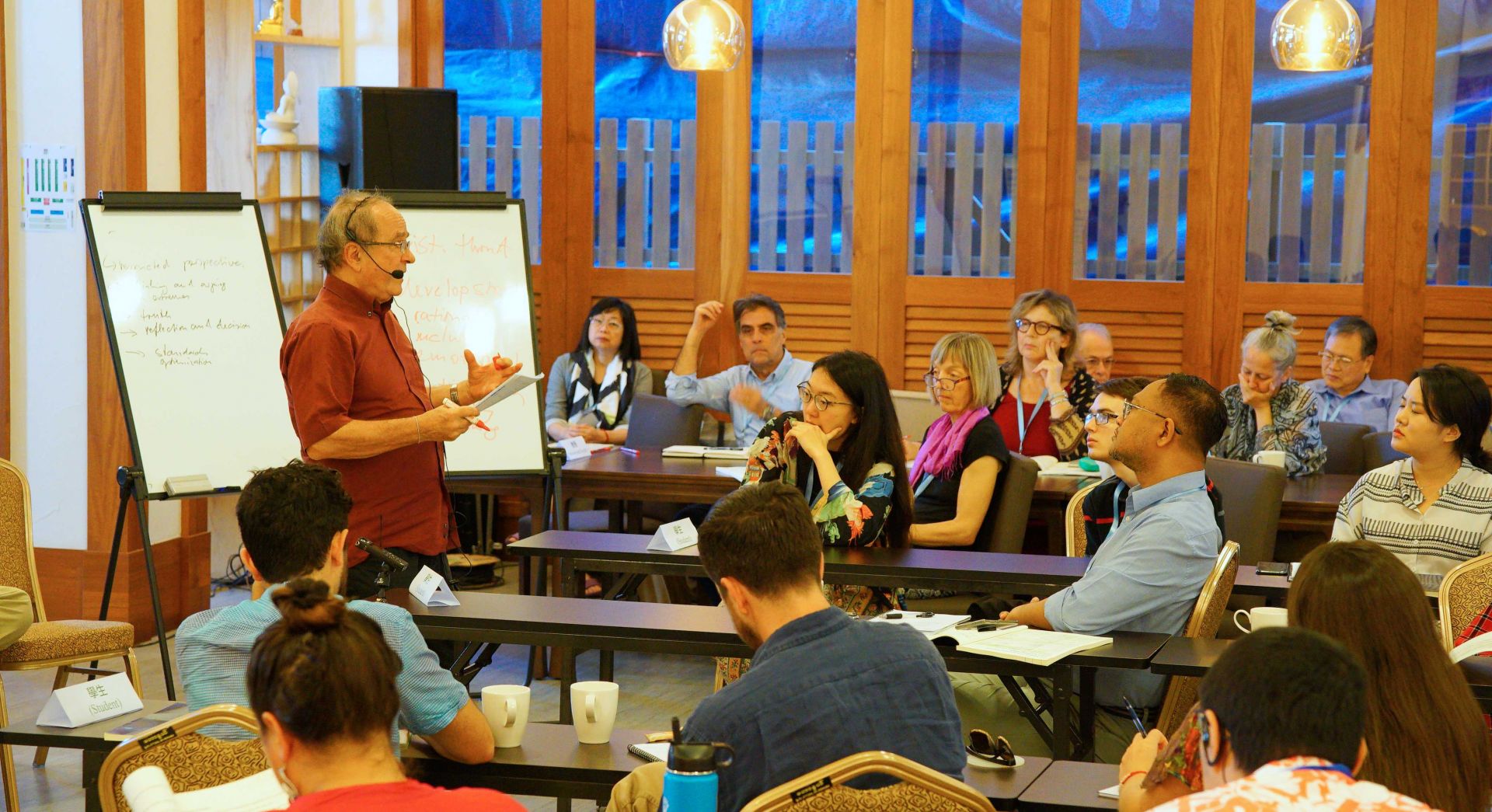How to Turn Ecological Theory into the Art of Application? Experiences and Strategies
Environmental problems caused by human activities are increasing; biodiversity is disappearing at an unprecedented rate, soils are being irreversibly damaged, freshwater is increasingly in short supply, and the climate is changing.
Prof. Dr. Peter Edwards
How to Turn Ecological Theory into the Art of Application? Experiences and Strategies
‘The world has problems while universities have disciplines.’ Environmental problems caused by human activities are increasing; biodiversity is disappearing at an unprecedented rate, soils are being irreversibly damaged, freshwater is increasingly in short supply, and the climate is changing. To reverse or even to reduce these trends will require a radical transformation in the relationship between humans and the natural environment. Just how this can be achieved within, at most, a few decades is unknown, but it is clear that academia must play a crucial role. To do this, however, academic institutions need to become more effective in helping societies move toward sustainability (Kueffer et al., 2012).
In my presentation, I will briefly discuss some of the barriers that prevent academic knowledge being usable for making better decisions. One barrier is that of complexity, which means that real world problems can rarely be solved through the insights of a single academic discipline. Ecological theory may provide useful insights into any environmental problems, for example, but the root of those problems is often social or economic or technological in nature. A second barrier, sometimes referred to as the salience challenge, is to present scientific knowledge in a usable form. All too often, information that would be highly relevant to a particular decision is not used, either because it is inaccessible or because its importance is not evident. And a third barrier is that of legitimacy, which means that the knowledge must be produced in a way that users see as “respectful of stakeholders’ divergent values and beliefs, unbiased in its conduct, and fair in its treatment of opposing views and interests” (Clark et al., 2016). This challenge is greatest in the case of problems for which any information is inherently uncertain and for which different stakeholders have strongly diverging interests or value systems. In these cases, which are typical of many sustainability problems, it may be impossible to separate clearly the process of producing facts from the process of interpreting them in support of a particular decision.
